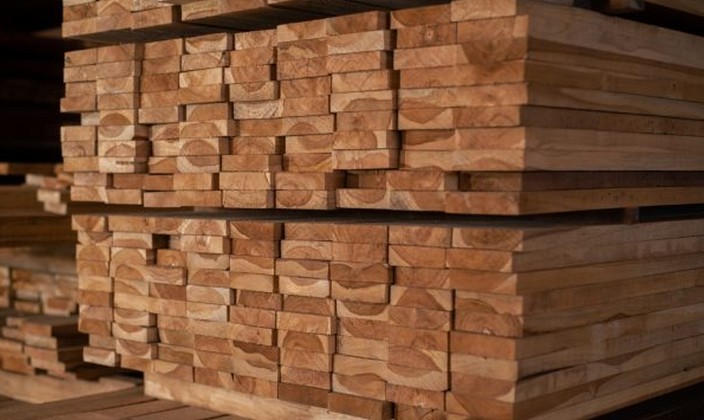Jorge Olate, the Young Luthier Who Fell in Love with Wood to Craft Instruments
He stumbled upon this craft by chance while studying industrial design. He wanted to create car models, but life led him to guitars, charangos, and charangón.
Those who love music and also play instruments often don’t realize that a guitar, charango, or violin is crafted by an expert or luthier, whose trade involves building, restoring, repairing, and adjusting these pieces.
In Chile, this craft isn’t widely known, as few dedicate themselves to it. But one young man discovered his talent while casually studying industrial design at the University of Chile. This is Jorge Olate, founder of the Ettore workshop, where he crafts string instruments.
Originally from La Florida in Santiago, he shared that since childhood, he looked up to his brother-in-law and older brother, who taught him to play with clay, make models, and similar things. But honestly, he never imagined dedicating himself to lutherie—until he entered university.
He chose industrial design because he wanted to create car models, and the program was the closest option in Chile (since dedicated degrees exist in Mexico and Brazil). He didn’t see himself traveling abroad.
“It was fascinating because I could explore many areas divided into different subjects, all super engaging. One, in particular, involved building and taught you to work with various materials, including wood, while getting familiar with tools,” he recalled.
Crafting by Hand
In that context, he learned about lutherie—a concept he discovered upon realizing instruments could be handmade, not just industrially produced. He admitted he was initially only interested in drawing, but a couple of events changed his path.
One was when a professor asked students to carve a piece of raulí wood. Jorge described it as an extraordinary experience—not only did he find it beautiful, but it also helped him pass the class with a top grade. “That episode made me fall in love with wood, especially its polishability. It ended up mirror-smooth. That clicked for me,” he reminisced.
Another pivotal moment came when, captivated by wood, a teaching assistant suggested he build a musical instrument. Jorge refused, claiming disinterest. “But he was sharp—he showed me an electric bass he’d made. It worked and sounded amazing. Holding it was like love at first sight. I remembered my childhood attempt to play guitar, which hadn’t gone well,” he said. From that day, his passion for crafting instruments never faded, focusing on plucked strings like classical guitars, charangos, and charangón.
Jorge emphasized that instruments can be made from any wood. Tapping it with a knuckle or hammer reveals crystalline tones, though some produce deep, warm, or enveloping sounds. “But it’s not just the material—it’s also the maker’s growing expertise. I love working with alerce wood for its excellent acoustic properties,” he noted.
Still, the luthier acknowledged the craft blends many disciplines. He started backward: building first, then learning about music—despite not playing.
Typically, his work is commissioned by music lovers with limited budgets, as he prioritizes fair trade. Behind every handmade instrument lies something romantic, so such clients are few.
How Long Does It Take?
On crafting time, Jorge noted a guitar takes 200–300 work hours (sometimes up to 400). “For instance, counting external tasks—making molds, templates, or hand tools not sold commercially—can extend the timeline,” he explained.
Additionally, a classical guitar comprises 100 parts. Thus, completing an order may take 11 months. Rushing to finish in a month risks missing wood’s natural changes, compromising certainty about material selection.
Beyond crafting, Jorge teaches lutherie at his workshop—a deeply fulfilling role, passing the trade to new generations who see it as a way to preserve this art with Chilean wood.
“One of my motivations is contributing to culture. Seeing young people craft their first instrument here is immense reward,” he shared.
For wood sourcing, he relies on a southern Chilean supplier who harvests sustainably—collecting fallen or naturally worn trees, never clear-cutting. He also sources from Santiago lumberyards.
“Chile offers woods from worldwide, but I prioritize native species and sustainable origins whenever possible,” he stressed.

















